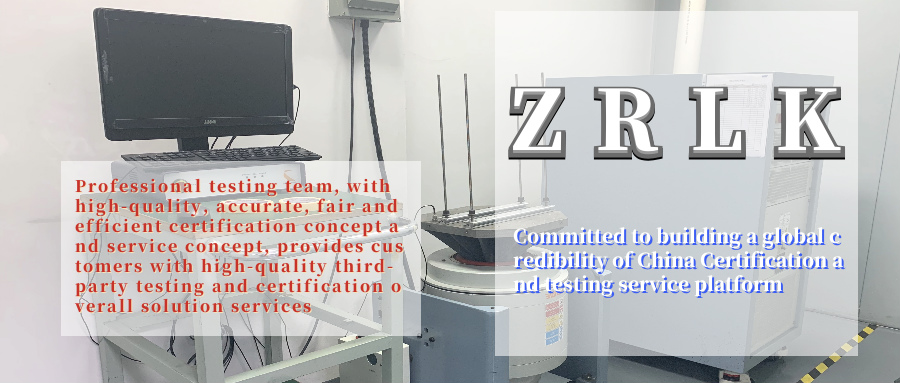
Project Introduction
The rapid temperature change test is used to determine the product's adaptability to storage, transportation, and use in a rapidly changing climate with high and low temperatures. The test process generally takes normal temperature→low temperature→low temperature stay→high temperature→high temperature stay→normal temperature as a test cycle. Verify the functional characteristics of the sample after the temperature change or continuous temperature change environment, or the operation functionality in this environment.
The rapid temperature change test is usually defined as a temperature change rate of ≥3°C/min, which changes between a certain high temperature and low temperature. The faster the temperature change rate, the larger the high/low temperature range, the longer the time, the stricter the test. The temperature shock usually affects the part close to the outer surface of the equipment more seriously. The farther away from the outer surface, the slower the temperature change and the less obvious the effect. Transport boxes and packaging will also reduce the impact of temperature shocks on enclosed equipment. Rapid temperature changes may temporarily or permanently affect the operation of the equipment.
Testing purposes
Evaluate the storage or workability of products under temperature changes. The purpose of the qualification test is to check whether the product meets the requirements of the relevant standards; the improvement test is mainly used to assess the durability and reliability adaptability of the product under temperature change conditions.
Application range
The rapid temperature change test is widely used in electronic and electrical, vehicles, medical, instrumentation, petrochemical and other fields, complete machines, components, packaging, materials, etc.
Method Standard
Test standard reference: GB/T 2423.22, IEC 60068-2-14, EN 60068-2-14.


RCM certification is a certification system implemented by Australia and New Zealand to ensure that electrical products comply with local safety, electromagnetic compatibility, and other standards.
FCC ID certification is a mandatory requirement under US law. The Federal Communications Commission (FCC) in the United States strictly regulates issues such as electromagnetic compatibility and radio interference in electronic products. As an electronic communication device, routers are only allowed to be sold and used in the US market if they have obtained FCC ID certification, otherwise they will face legal penalties and market bans.

CE-RED certification is a mandatory requirement for market access in the European Union. According to relevant EU regulations, all wireless devices entering the market must be certified by RED (Wireless Device Directive) to ensure compliance with EU standards.
The rapid temperature change test is used to determine the product\'s adaptability to storage, transportation, and use in a rapidly changing climate with high and low temperatures.
Get a quote